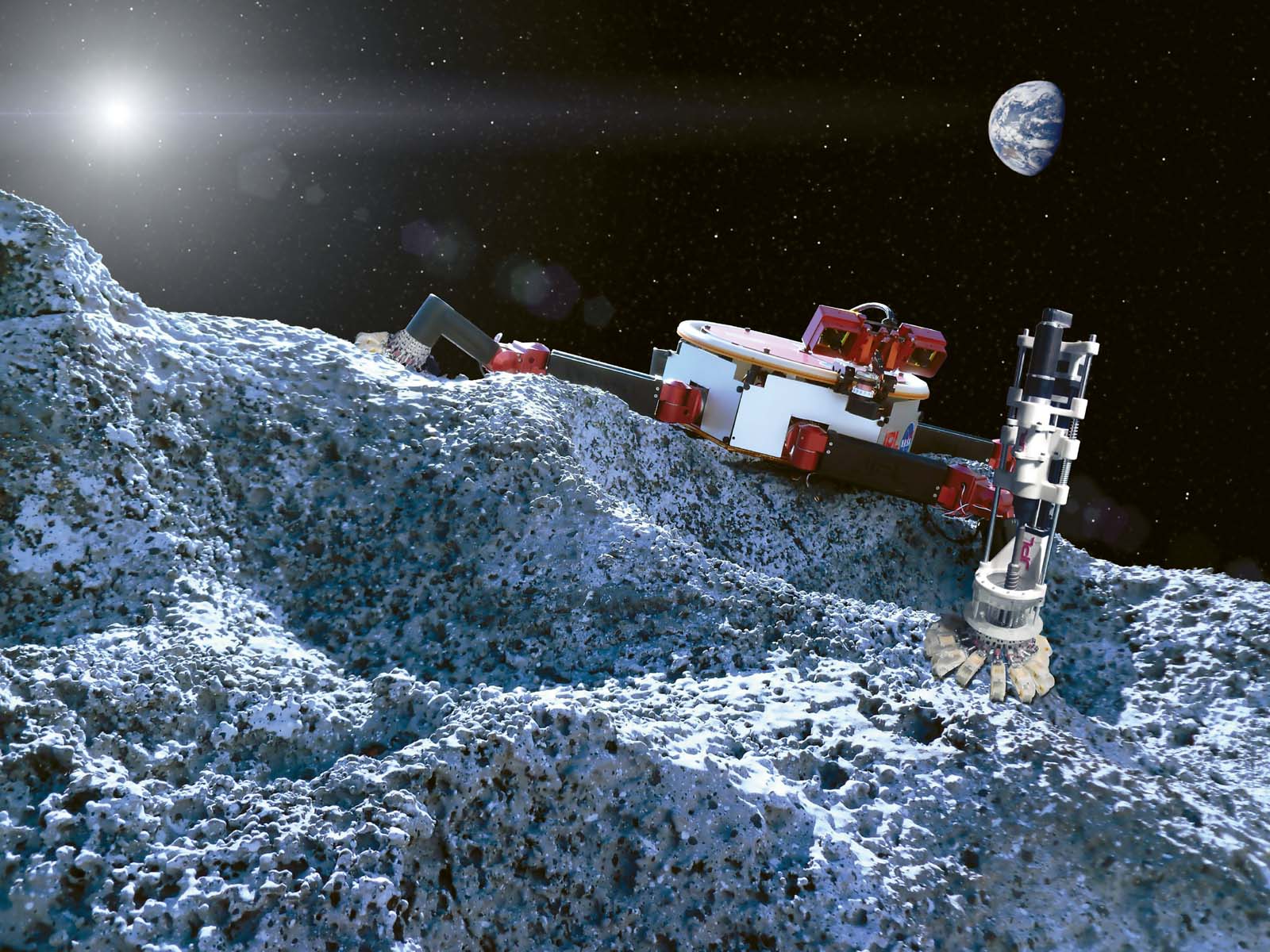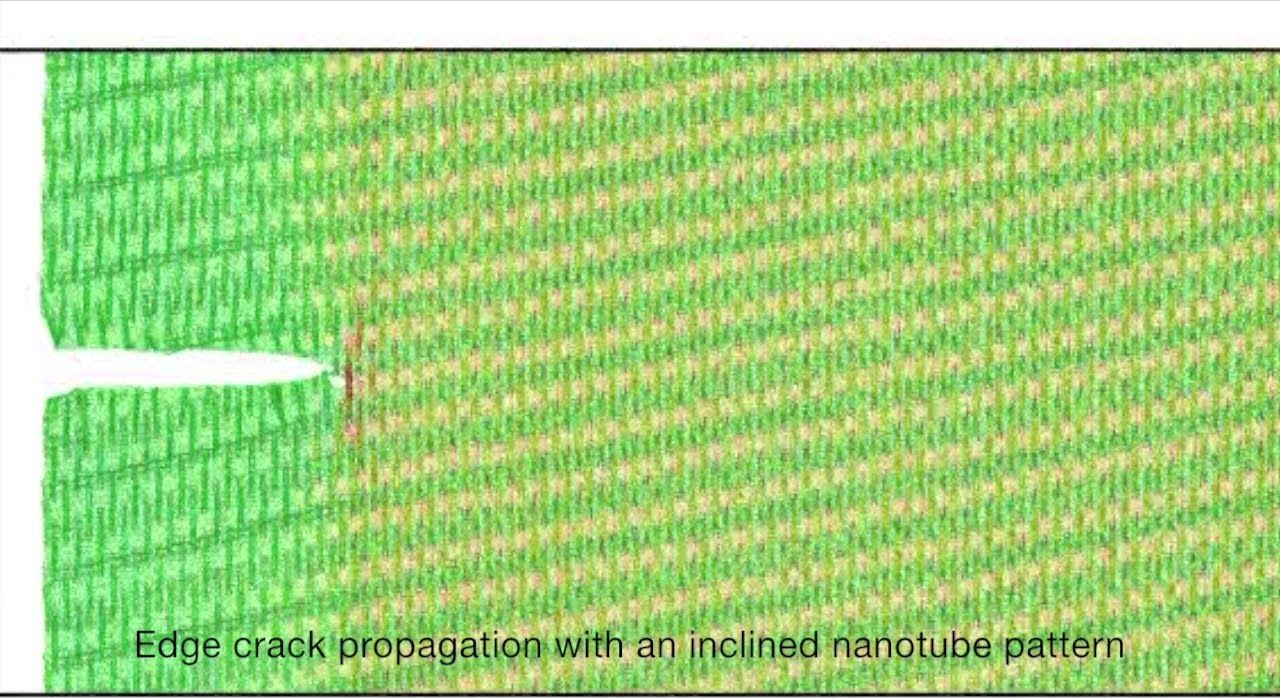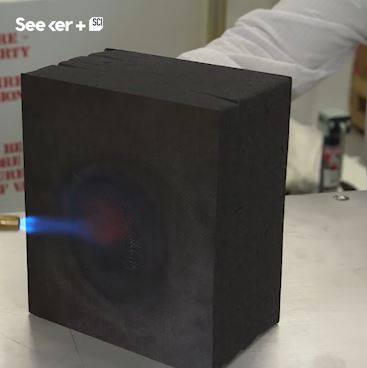Aug 7, 2018
WWII destroyed optical observatory, Ermita, Manila, Philippines, July 8, 1945
Posted by Michael Lance in category: space
The astronomical observatory was founded by the Jesuits during the Spanish occupation and later transferred to the Philippine Commonwealth Weather Department. This was adjacent to the University of the Philippines campus of today south of Luneta Park. The observatory had a 19-inch refracting telescope, by far the largest in the Orient. The staff of the observatory includes five Jesuit fathers and twenty-five well-trained native assistants. The construction of a 19-inch refracting telescope and dome was in 1897.
US signal corps photo, US national archives.

















